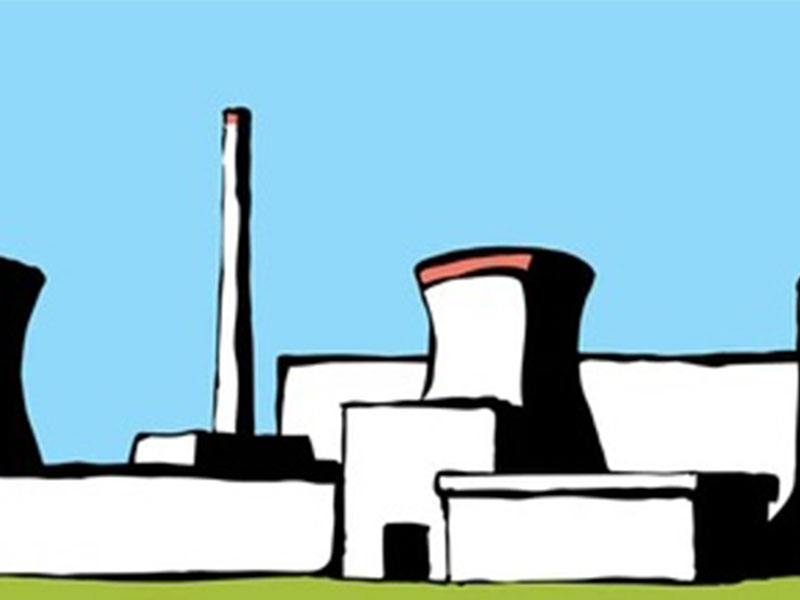An influx of investor money into nuclear power has lifted stocks tied to the industry and sent uranium prices to a 16-year high amid renewed interest in the energy source from a growing number of countries.
The recent COP28 climate talks included a pledge to triple nuclear power capacity from 2020 levels by 2050, signed by over 20 nations such as Japan, the U.S. and the U.K. — as well as Morocco and Ghana, which have no plants in operation. Sweden, Sri Lanka and Kenya are moving toward building nuclear power facilities., reports NIKKI Asia.
Sri Lanka currently imports most of its energy needs, including oil, coal and hydrocarbons. To ease the economic burden, the island nation aims to generate 70% of its electricity from renewable sources by 2030.
Russia has emerged as one of the strongest contenders to build nuclear power plants in Sri Lanka.
According to the report, a high-level delegation from Russia recently visited the island nation and discussed proposed cooperation in the nuclear energy sector with the Sri Lankan authorities.
Chairman of the Sri Lanka Atomic Energy Authority (SLAEA), Prof. S.R.D. Rosa, briefed a Russian delegation on the status of Moscow’s proposal to develop an offshore or onshore nuclear power plant in Sri Lanka. He said his office had in principle given its approval for nuclear power to enhance Sri Lanka’s energy mix and it had been sent to the Ministry of Foreign Affairs for approval.







